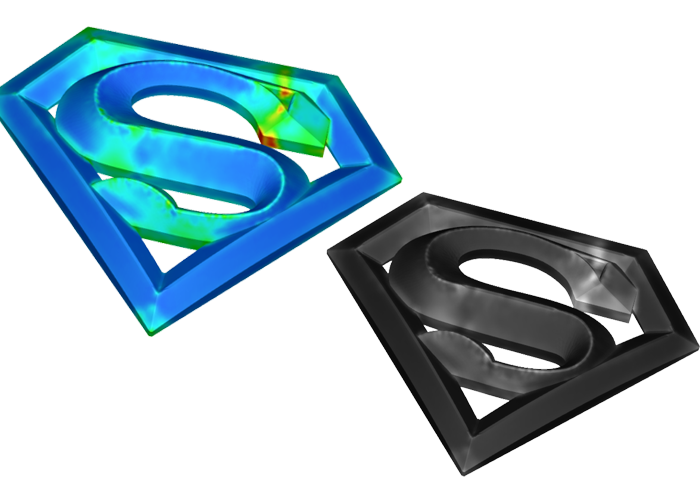
Color streaks - successfully eliminate them!
EXPERT TIP
Color streaks are familiar to you and you want a remedy for them? Then you should waste no time and take a closer look at Moldex3D - it is the leading 3D CAE software solution for the design and optimization of the injection molding process and provides reliable, meaningful and precise results for component, mold and process optimization and thus also the PERFECT solution for color streaks.
Streaks are quite common on injection molded components.
The following types of streaks can be distinguished:
_ Burn streaks
_ Moisture streaks
_ Air streaks
_ Color streaks
_ Glass fiber streaks
Während die ersten drei Schlierenarten häufig durch Fehler in der Prozessführung entstehen sind bei Farbschlieren und Glasfaserschlieren primär die Farbe/Fasern selbst der Grund für die Schlieren. Damit wird auch der Einfluss den wir auf das Fehlerbild haben geringer.
While the first three types of streaks are often caused by errors during the process control, the main reason for color and glass fiber streaks lies in the color/fiber itself. This also reduces the influence we have on the defect pattern.
But why do color or fiber streaks occur in the first place?
In order to color the plastic, color particles must be mixed into it. Ideally, these color particles are evenly distributed in the component at every point. This also gives us a uniform color intensity. In reality, there are now differences in concentration - the distribution is therefore no longer uniform. The non-uniform distribution may already be present in the space in front of the screw or it may only occur during injection. Depending on the particle geometry, orientation can also play an important role regarding the color intensity. This effect is particularly intense with metallic effect pigments.
This is similar with fiber streaks. Depending on the geometry of the fiber the plastic might float away from the upwardly oriented fiber, resulting in a rough surface.
In order to eliminate paint and glass fiber streaks, it is important to determine them in advance. Afterwards, is is almost impossible to take influence on such kind of streaks. This is where simulation comes into play and can help you to detect color and fiber streaks in advance. Concentration and orientation differences occur at confluences, weld lines, etc.. But also in areas where large differences in speed occur. These areas in particular are often not visible at first glance. But results like "color intensity" or “surface appearance” can help.
We are more than happy to answer your questions and inform you in detail about Moldex3D! Please contact: 0241 565 276-0 or send an email to sales@simpatec.com.
